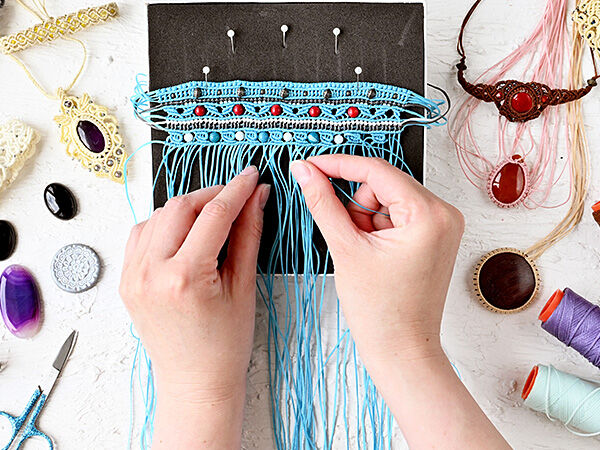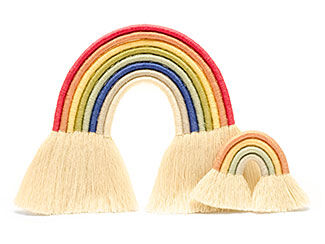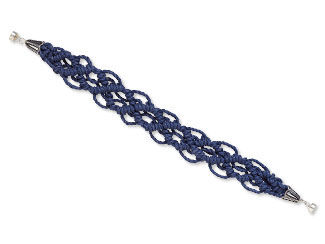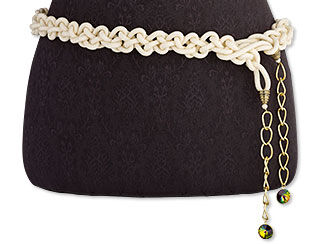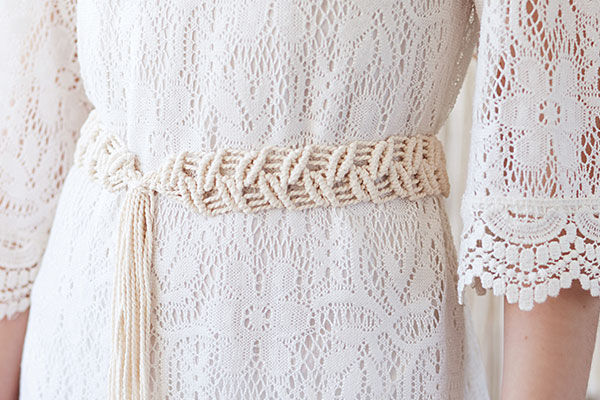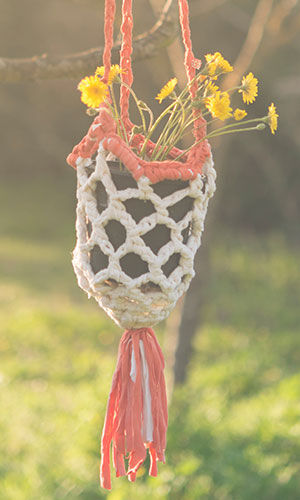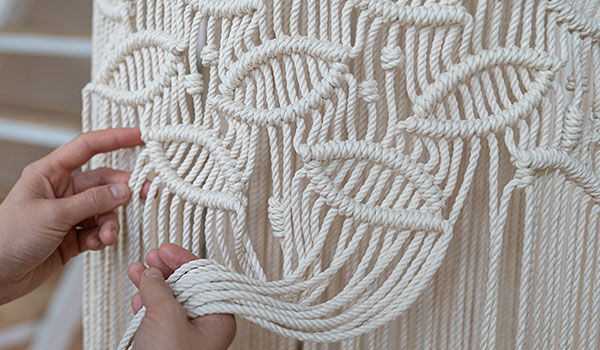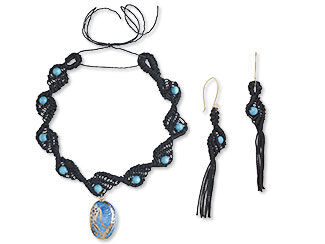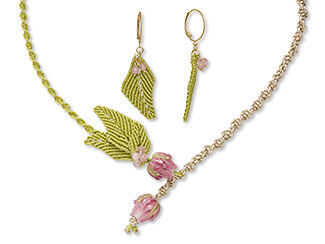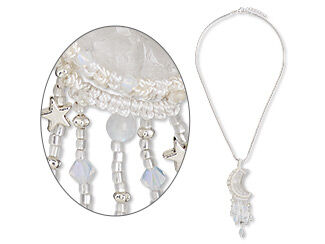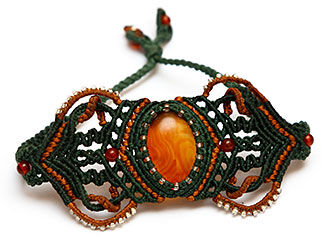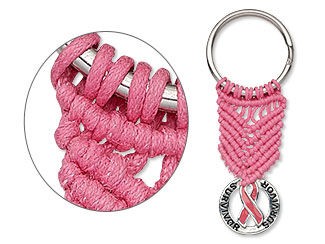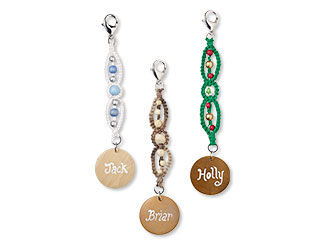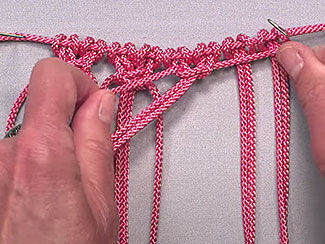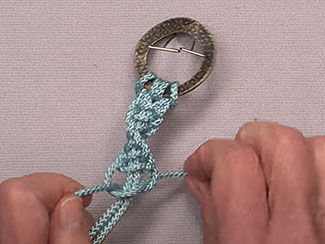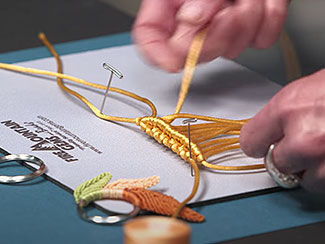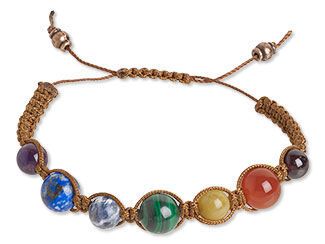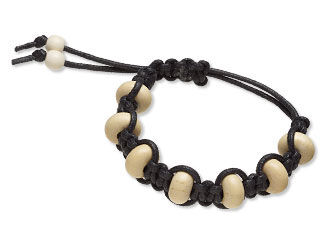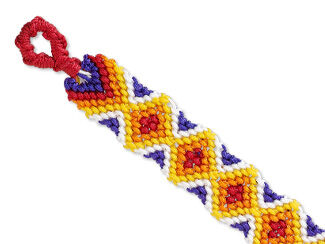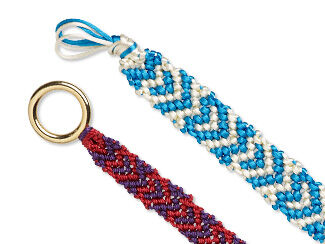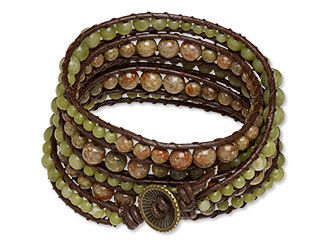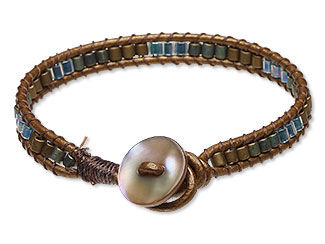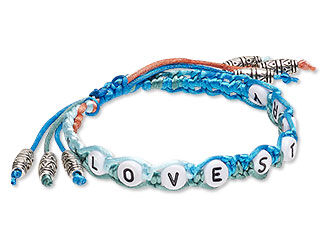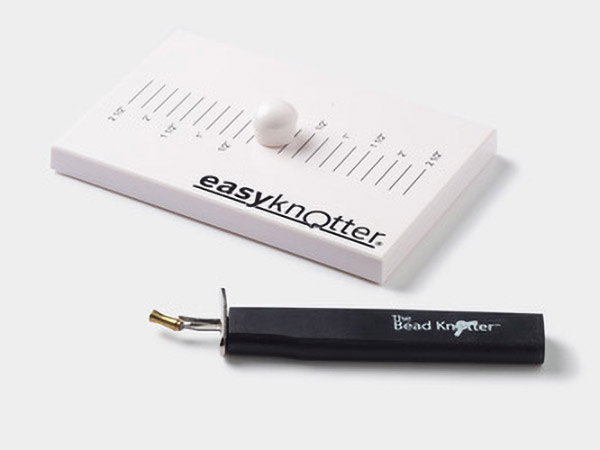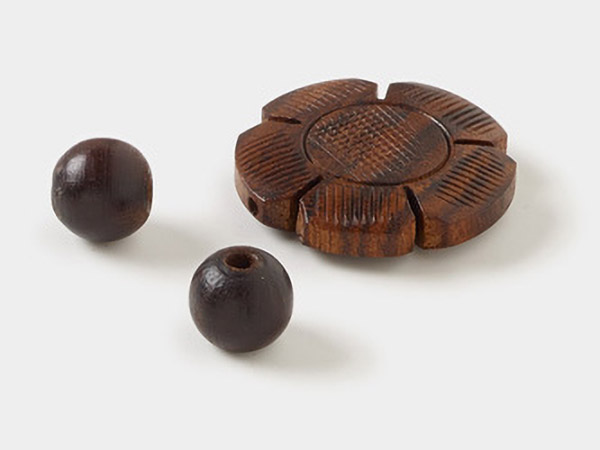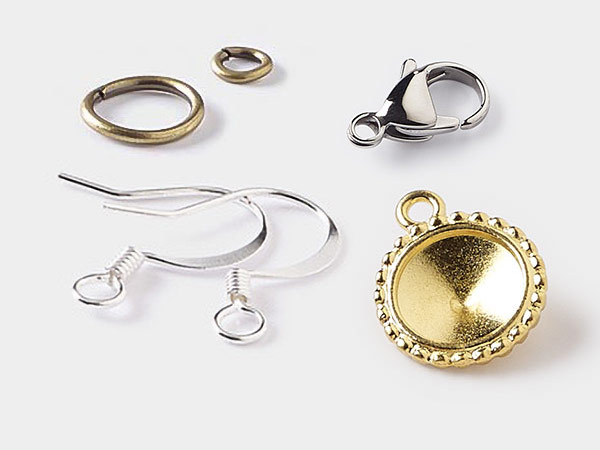Much Ado About Knotting: Macramé Through the Years
Macramé, a technique of tying knots to create decorative patterns, has a rich history spanning centuries. While its exact origins remain debated, it's believed to have emerged in the Middle East during the 13th century. Throughout history, macramé has experienced waves of popularity. In recent years, it has staged a remarkable comeback, driven by a renewed appreciation for handmade crafts and a desire for unique, artisanal creations.
One of the most appealing aspects of macramé is its accessibility. Unlike many other crafts that require specialized tools or skills, macramé can be practiced with minimal equipment and easily learned through online tutorials or workshops. All you need is some yarn or cord, a few basic knots and a little practice.
Another factor contributing to macramé's resurgence is its adaptability to modern aesthetics. While traditional macramé may conjure images of bohemian wall hangings or plant hangers, contemporary designers have reimagined the craft in new and exciting ways. From intricate jewelry pieces to minimalist home décor, macramé can be tailored to suit any style or preference. Its versatility makes it a popular choice for DIY enthusiasts looking to add a personal touch to their surroundings.
The true beauty of this craft is that it is done by hand, rather than with a machine. It can be simple or highly detailed, and anyone can learn to do it. It can be a great way to relax and create beautiful pieces for your home or offer as a gift.
Whether you're a seasoned artist or a complete beginner, macramé offers endless possibilities for exploration and discovery.
Macramé History
Macramé is believed to have originated with 13th-century Arab weavers. These artisans knotted excess thread and yarn along the edges of hand-loomed fabrics into decorative fringes on items such as bath towels, shawls and veils. The word "macramé" is of Spanish origin and thought to come from the Arabic word migramah (مقرمة), meaning "striped towel," "ornamental fringe" or "embroidered veil." Another possible source is the Turkish word makrama, meaning "towel" or "napkin."
The widely accepted theory suggests that Moorish sailors greatly contributed to macramé's popularity during their voyages from North Africa to Europe. Long days at sea prompted them to use pieces of junk rope to craft intricate works of art, belts and hammocks, which they sold or bartered when they landed, introducing the craft to places like China and the Americas. Over time, they developed more complex knots and traded techniques with other sailors, thus spreading their skill and knowledge worldwide. Following the Moorish conquest, macramé was introduced to Spain, France (in the 15th century) and Italy (in the 16th century), particularly in the region of Liguria, before spreading throughout Europe. It was brought to England in the late 17th century and introduced to Queen Mary II, who taught the art to her ladies-in-waiting.
During the reign of Queen Victoria, macramé reached its first peak of popularity. It was a well-received hobby for women of many classes, from ladies-in-waiting to middle-class housewives. Many Victorian homes were adorned with beautiful tablecloths, doilies and curtains. Much of the macramé of this era was generally fine, delicate and lacy. Sylvia’s Book of Macramé Lace (1882) was a favorite, showing readers how "to work rich trimmings for black and coloured costumes, both for home wear, garden parties, seaside ramblings, and balls—fairylike adornments for household and underlinens …."
Nineteenth-century British and American sailors made hammocks, bell fringes and belts from macramé. They called the process "square knotting" after the knot they used most frequently. In fact, the square knot (one of the foundational knots of macramé) is also called "reef knot," as this knot was used to "reef" (tie down) sails during strong winds. Sailors also called macramé "McNamara’s Lace."
Though the craze for macramé faded, it regained popularity during the 1970s. The massive hippie movement adopted macramé and other handicrafts as a symbol of rejecting mass-produced, unethical manufacturing. The artists of the time experimented with various techniques to create wall hangings, articles of clothing, bedspreads, trims for jean shorts, tablecloths, draperies, plant hangers and other furnishings, purses and even flip-flops. Unlike the "fairylike" macramé lace of the Victorian Era, this version was often bold and chunky, especially in the home décor department.
By the end of the 1970s and during the 1980s, however, the art became outdated and seen as kitsch.
Modern Macramé
Today, macramé is more than just a hobby—it's a form of self-expression, a way to unwind and a means to connect with others through shared creativity. Some people find the repetitive motion of knotting to be soothing and meditative. Experiencing a kind of renaissance, macramé has become a global trend and shows no signs of stopping.
With the emergence of the new bohemian style, macramé has become incredibly popular nowadays thanks to Instagram, Etsy, Pinterest and other e-commerce and social networks, where enthusiasts share their designs and inspire others to try their hand at this versatile craft. What's more, there are many amazing YouTube tutorials to guide you in mastering the art of macramé for free and decorate your home—and yourself—with some awesome modern pieces!
21st Century macramé presents an interesting blend of the two previous eras of popularity. Like in the 1970s, wall hangings and other home décor items are popular, often worked with large cords for a bold look. The "far-out" colors of the hippie era have been replaced with more neutral palettes of white, cream, tan or ecru, and pop-eyed owl motifs are swapped out in favor of more sophisticated designs. On the other end of the spectrum, macramé for jewelry is often made with thinner cords or threads (sometimes called micro-macramé), reminiscent of its Victorian predecessor.
Macramé Jewelry
Macramé and micro-macramé jewelry can be lacy and intricate or sleek and simple and is often paired with beads.
Materials used in macramé include cords made of cotton twine, linen, hemp, jute, leather or yarn. Jewelry is often made with a combination of knots and using various beads: glass, gemstone, bone, wood or shell. Sometimes focal points made of beautiful gemstones are used for pendants—either wire-wrapped to slide onto a chain or cord, or captured in a net-like array of intertwining overhand knots.
One notable trend within the modern macramé movement is the incorporation of mood beads—a nod to the craft's 1970s roots. These color-changing beads add an element of whimsy and playfulness to macramé designs, inviting wearers to express their mood or personality through their jewelry.
Macramé and micro-macramé can be made into necklaces, earrings, anklets and bracelets. Other applications include keychains, purse charms, zipper pulls and more.
View resources featuring macramé:
Macramé Variants
Some of the basic techniques in macramé are often used to make fun and casual or deeply meaningful jewelry—usually in the form of bracelets.
Shamballa bracelets are based on Buddhist prayer beads, originating in Tibet. They employ the simple square knot in their construction, allowing the beads interspersed among the knots to be the main focus.
Friendship bracelets, a staple childhood craft, has gained popularity with the adult crowd and gotten a bit of a glam-up in recent years. These fun, casual bracelets are basically micro-macramé, as they are most commonly made of embroidery floss or thinner cord and use several basic macramé knots.
Lashed wrap bracelets consist of two parallel lengths of stringing material—usually leather or suede cord—with beads in between them. Wrapping threads around the cords and stringing through the beads holds them securely in place.
Adding these techniques to your fiber art repertoire offers a unique fusion of cultural heritage and contemporary design.
Macramé continues to captivate and inspire new generations of makers with its timeless appeal and creative potential. Whether you're drawn to its historical significance, its meditative process or its modern reinventions, there's no denying the magic of macramé. So why not pick up some cord and give it a try? Who knows—your next masterpiece could be just a few knots away.
Shop for Your Materials Here:
Have a question regarding this project? Email Customer Service.
Copyright Permissions
All works of authorship (articles, videos, tutorials and other creative works) are from the Fire Mountain Gems and Beads® Collection, and permission to copy is granted for non-commercial educational purposes only. All other reproduction requires written permission. For more information, please email copyrightpermission@firemtn.com.
